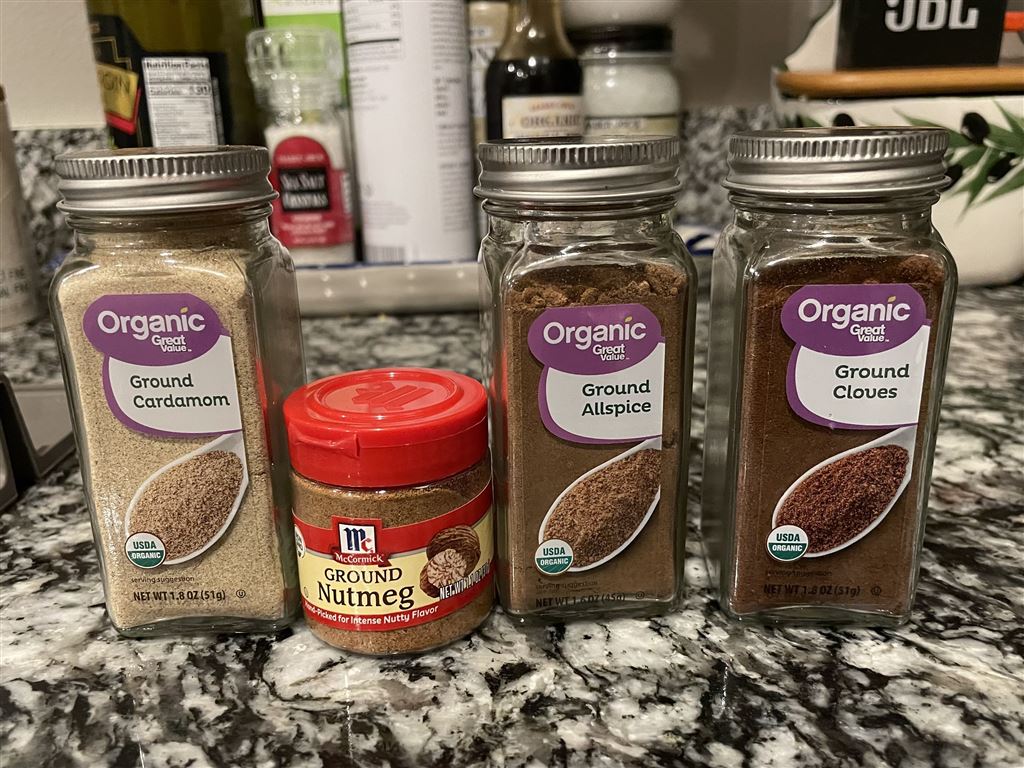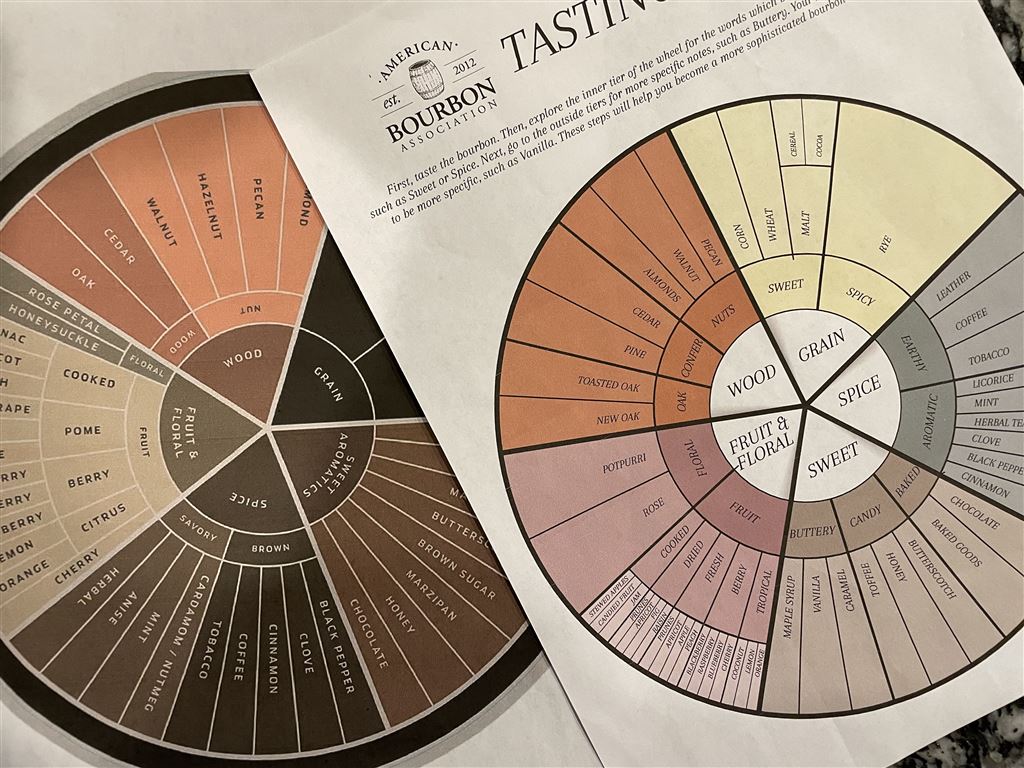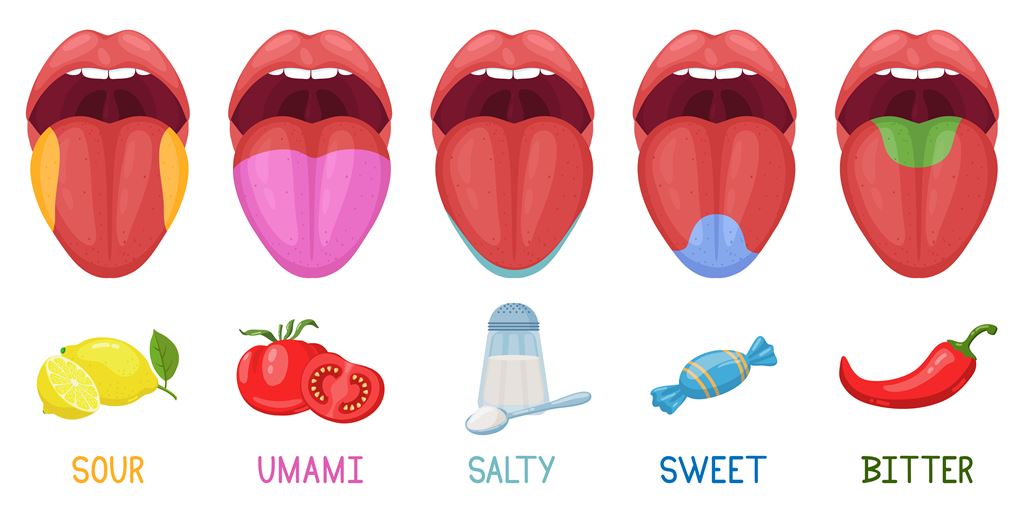When I began this journey into the bourbon and whiskey world, I marveled at how bourbon enthusiasts could pick out sophisticated notes in bourbon and other American whiskeys. In fact, I still marvel at the palate of certain experts.
I wondered, “How did these people train their palates to pick out these notes?” I understood that if you are a sommelier, trained Epicurean, or a culinary artist, you have educated your palate through years of experience in your career. However, I was none of these. In fact, I rarely cooked during my lifetime. I was completely unfamiliar with many of the ingredients, spices, and flavors in the baking and cooking world. How would I train my taste buds so that I could become even a fraction of these seasoned whiskey tasters?
Learn Your Smells and Flavors

As I read bourbon reviews, I began to accumulate a list of tastes that I was unfamiliar with. Of course, there were certain flavors associated with bourbon and other American whiskeys that I could pick out: caramel, cinnamon, honey, vanilla, cherry, chocolate, sugar, and other flavors that I had been exposed to over the years. So, that’s what I used to describe what I was tasting; things I was familiar with. Describing the texture of the whiskey, was not a problem either. However, I wanted to take my descriptions a step further.
As I continued to read these reviews by professionals, I began to pick out certain common words and phrases that were used to describe notes during their bourbon tasting. These were usually unfamiliar words that fell under the classification of baking spices, spices like cardamom, nutmeg, allspice, turmeric, and cloves, etc. I had heard of these spices but had no idea what they smelled or tasted like. To learn, I went to the store and purchased all of these spices and other flavors. When I brought them into my house, my wife just looked at me and laughed (She knows that I tend to go overboard with my hobbies). Anyway, I began to train my nose to differentiate between these things. This training continues to be a work in progress.
As I read more bourbon reviews, I begin to hear phrases like “dark fruit.” “What fruits are considered dark fruit?” I thought to myself. To find out, I looked them up to attempt to use the fruit instead of this generic phrase. My exposure to many fruits was much greater than my exposure to things like baking spices, so that was an easier transition.
Take Your Time During Your Tasting

With this growing foundation of different smells and flavors, I began to use these descriptions in my reviews. However, there was another thing that really helped. I began using a tasting wheel as I experienced the whiskeys. I will look at a tasting wheel and taste at the same time to try to identify specific notes. This is a very good practice as you try to be more descriptive in your bourbon notes.
Smell is Taste
Scientists will tell you that smell is taste. There are only a few flavors we actually taste with our tongues: sweet, sour, salty, bitter, and savory. All of the other flavors are things that we experience through smell which then works in conjunction with our taste buds.

Unfortunately, smell has been a bit problematic because my sense of smell has been damaged by years of reflux. There are certain things that I can’t smell or have to work very hard to detect. That is why writing a review takes a long time for me. My tasting takes a long time. You may also notice that most of my reviews do not get into the higher levels of description. That is currently a product of the limitations of my nose.
Conclusion
The fact remains that if you are not a chef, sommelier, or culinarian, you have to work exceptionally hard to train your palate and nose to describe the notes of a whiskey tasting. Still, don’t be afraid to put yourself out there. Also, go to the store and buy flavors, spices, and foods that you are unfamiliar with that you frequently see used in bourbon reviews. Become familiar with these things and begin to use them in your reviews.
Most of all, have fun!
See also: The Best Words to Use When Describing Bourbon and How to Host a Bourbon Tasting for Friends